AFT Blog
Getting your Pressures Right: How to Account for Changing Ambient Pressure with Elevation
Scuba divers and casual swimmers alike are all too familiar with the discomfort (and sometimes outright pain) experienced in their ears as they descend deeper into the water. This discomfort is experienced for good reason: for each 33 feet you descend into the water, you experience considerably more pressure (about 1 whole atmosphere) due to the hydrostatic pressure of the water. As the pressure of the surrounding water increases, the air trapped in the middle ear remains at atmospheric pressure, but the pressure in the outer ear is significantly higher, which puts significant force on the eardrum. Anyone who has ever experienced this will agree: this HURTS!
Of course, humans, fish, sunken pirate ships, and anything and everything under water experiences this significant pressure increase as it descends deeper underwater. This means that subsea piping systems certainly aren’t excluded from this phenomena! While piping systems don’t have ears, this substantial increase in ambient pressure has a significant effect on the pressures in the system. But, how do you apply this concept to hydraulic modeling of a subsea system or other system with an ambient pressure that drastically changes with elevation? Let’s take a look at how to do this in AFT Fathom and AFT Impulse.
In this example of a subsea oil well, oil flows from the well (Bottom Hole Pressure = 1,600 psia, API= 31o) located 3,500 feet below the surface, to a tank with an oil surface level of 30 feet above sea level. For the sake of this example, the surface pressure in this tank is 25 psia, and the piping from the well to the tank is 4,000 feet long. See Figure 1 for the AFT Fathom model.
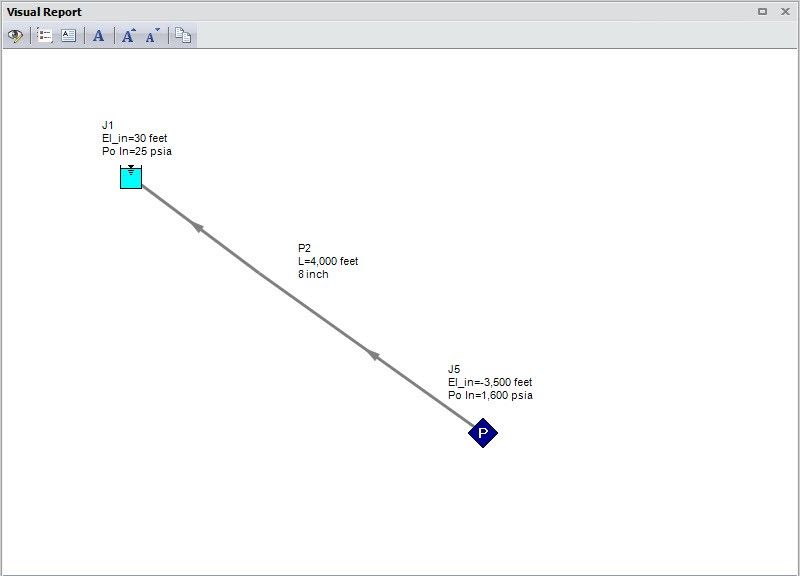
By default, AFT Fathom assumes that the atmospheric pressure is equal to 14.7 psia, and that it is constant everywhere in your system. In our system, this is clearly not the case as the pipe descends thousands of feet under seawater. In order to specify how the ambient pressure changes with elevation, go to the System Properties menu item, and click on System Data. Then under Environmental Properties, click the radio button next to Ambient Pressure vs. Elevation Table (see Figure 2) and select Enter Data to bring up the Ambient Pressure vs. Elevation table. Then, enter your data. The data in Figure 3 was used for this model.
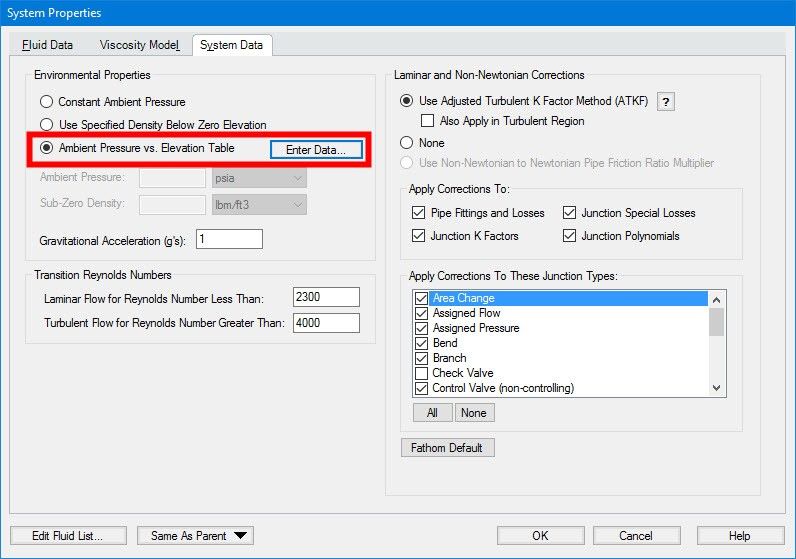
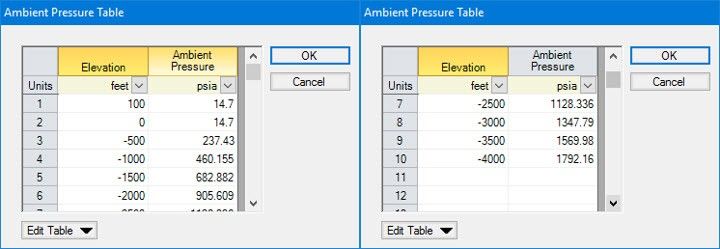
After all the necessary data has been input, the model in Figure 1 is run and a graph of the gauge pressure vs. pipe length is generated and can be seen in Figure 4.
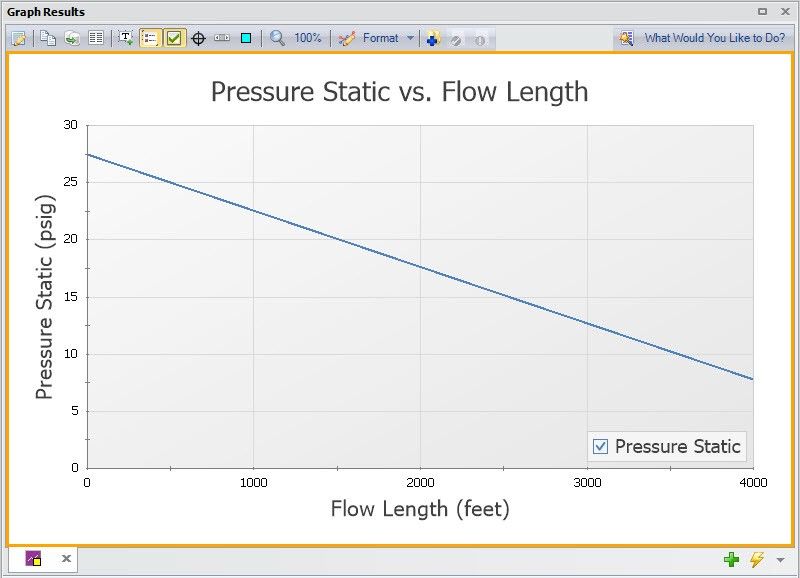
This same graph for the system with an assumed constant atmospheric pressure at all elevations is shown in Figure 5.
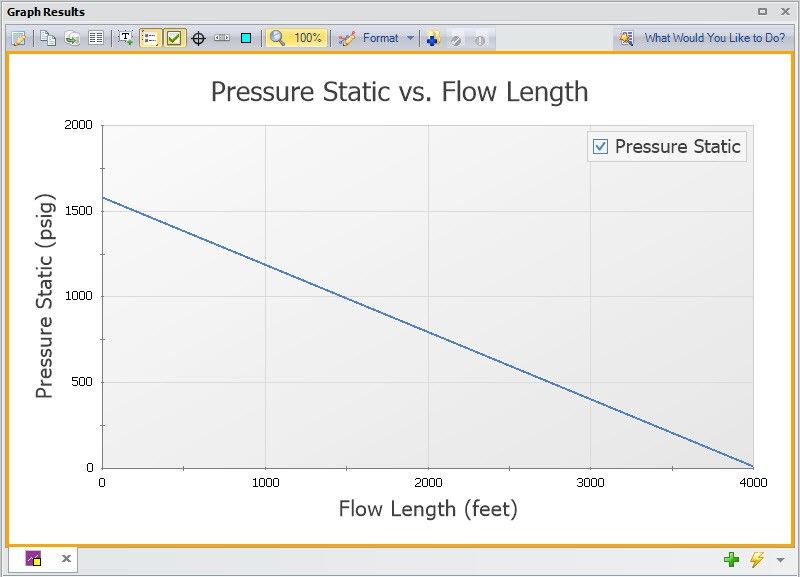
As you can see, the difference in gauge pressure is substantial between the two models. However, because the pressures at the inlet and outlet of the system are defined in absolute pressure, the flow rate and absolute pressures are not affected by inputting an ambient pressure vs. elevation table. The gauge pressures are clearly and obviously different, however, and could easily be misreported by the hasty engineer.
As evidenced from the example problem reviewed in this blog, in systems where the ambient pressure variation with elevation cannot be assumed to be negligible (most notably in subsea systems but this is true even in systems with large tanks), accounting for the changing ambient pressure vs. elevation will significantly affect the results of a hydraulic model. At a minimum, only the gauge pressures will be incorrect, but more seriously, all results could be thrown off if gauge pressures are entered incorrectly.



Comments